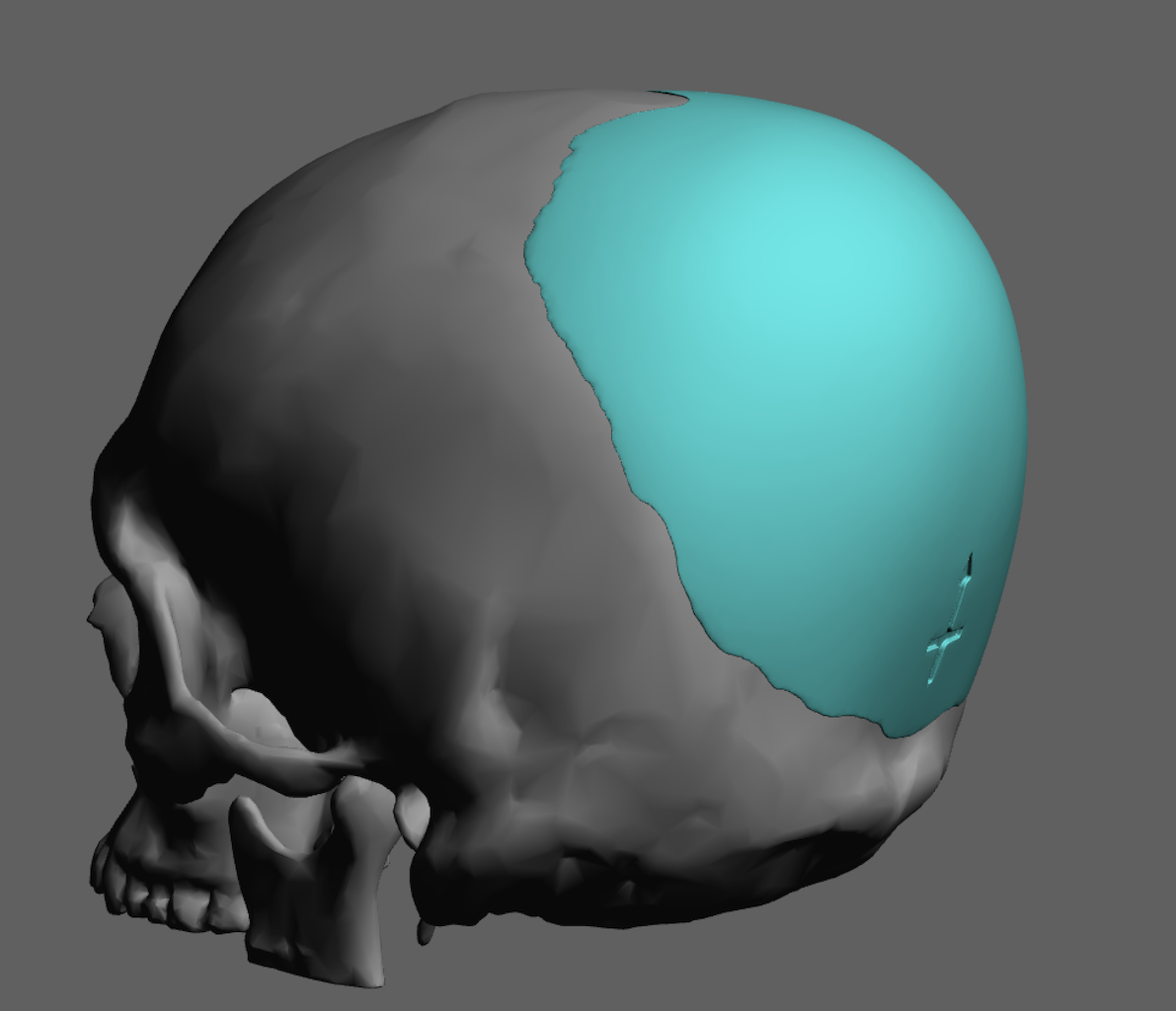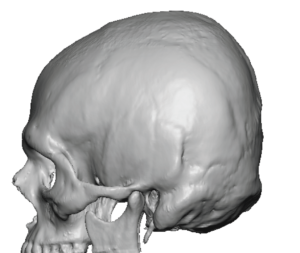Background: The shape of the skull is a collection of largely convex surfaces that interface with each other. Fundamentally there are five such convex skull surfaces (front, top, back and two sides) that collectively create the aesthetic shape of the skull. While the degree of convexity varies on each surface anything less than some convexity can be seen as being ‘flat’. As a general observation, hair for no hair, many people are bothered by flat areas on their head.
The back of the head is most commonly affected with a flat deformation. This is no surprise given that the back of the head is the area of the skull which is exposed to the most external compression forces due to laying on it, whether it is in utero or postnatal. Also certainethnicities are more prone to a flatter back of the head due to their natural craniofacial genetic shape as well.
The custom skull implant provides the best method of correction of flat surfaces of the skull, no matter where they are located. For the flat back of the head the major design considerations are the location of the maximum projection point and how much projection and overall implant volume can be tolerated.
Case Study: This older male was bothered by his flat back of his head. It has bothered him for a long time and initially became most evident when he had to have his head for the military. Even though he has had a full head of hair and was much older now the shape of the back of his head was still a concern.
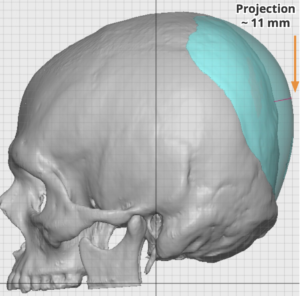

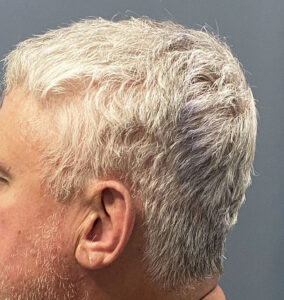
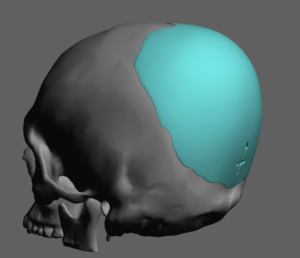
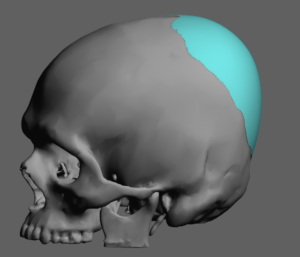
Case Highlights:
1) The flat back of the head is the most common aesthetic skull augmentation procedure requested.
2) Concerns about a flat back of the head span all ages and older patients are just as common as younger patients.
3) The custom back of the head implant is the definitive treatment and its vector of maximum projection is the biggest design decision.
Dr. Barry Eppley
World-Renowned Plastic Surgeon

